Agricultural
Agricultural Cropland
Description and Key Features
North Dakota is home to over 25,000 farms, with more than 38 million acres classified as farmland.
Of this, over 26 million acres are dedicated to cropland, which includes hayland and perennial grass cover (2022 Census of Agriculture).
This habitat category focuses on cultivated agriculture cropland areas used for the annual production of adapted crops for harvest, including grains and row crops (Figure 26).
The state leads the nation in producing soybeans, wheat, canola, and dry edible beans.
However, much of the land now used for crops was established at the expense of losing grassland, wetlands, or other natural habitats.
Cropland provides certain advantages for wildlife by providing food, cover, and potential nesting sites.
Additionally, many farms participate in conservation programs and adopt practices that benefit local wildlife.
Agricultural Croplands Map

Figure 26. Cultivated agriculture cropland (brown).
Agriculture Images

Agriculture landscape southwest North Dakota.
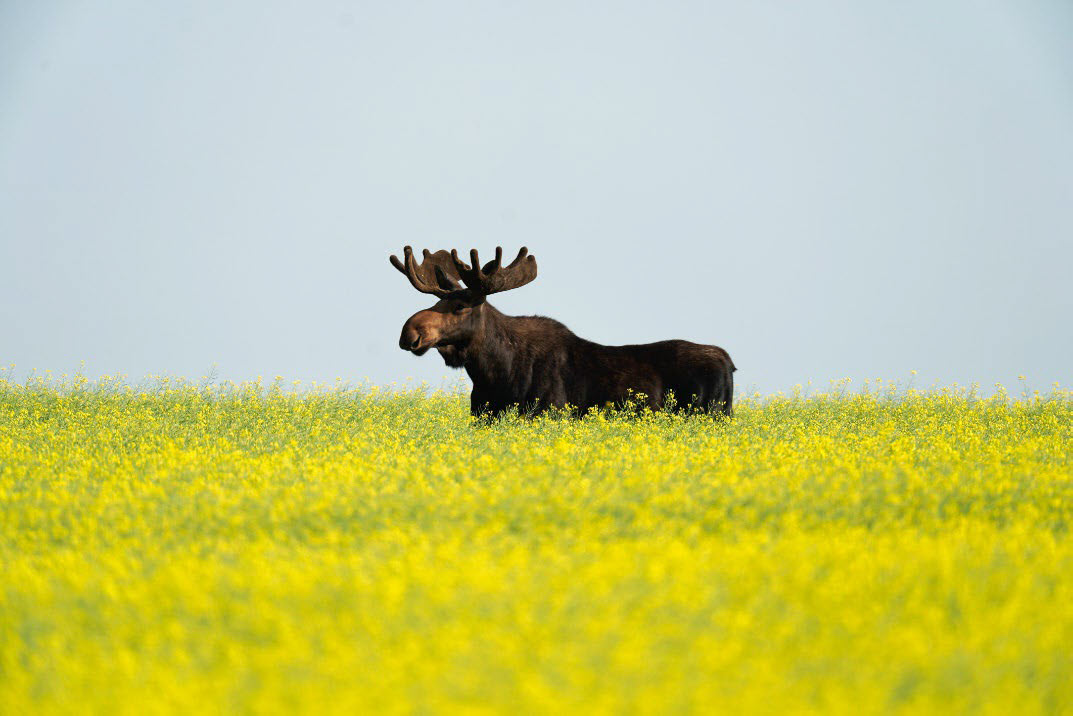
Agriculture land is utilized by big game species.

Whooping Cranes foraging in corn stubble.
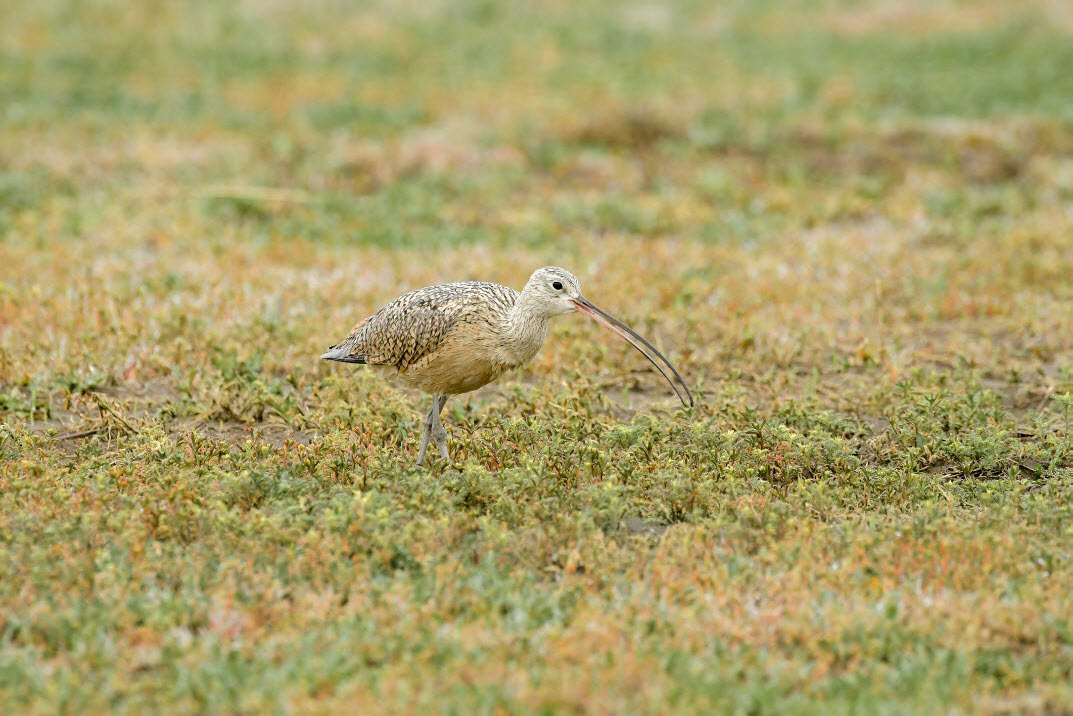
Long-billed Curlews often forage in cropland or hayland.
Associated Species
Note: Species listed here include SWAP SGCN and game species.
| Species Image | Species | Taxon | Subtaxon or Group |
|---|---|---|---|
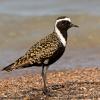
|
American Golden-Plover | Birds | Shorebird |

|
Buff-breasted Sandpiper | Birds | Shorebird |

|
Long-billed Curlew | Birds | Shorebird |
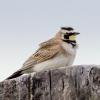
|
Horned Lark | Birds | Landbird |

|
Sharp-tailed Grouse | Birds | Landbird |
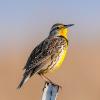
|
Western Meadowlark | Birds | Landbird |

|
Northern Pintail | Birds | Waterfowl |

|
Franklin’s Gull | Birds | Waterbird |
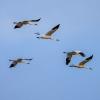
|
Whooping Crane | Birds | Waterbird |
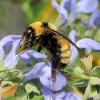
|
Yellow Bumble Bee | Terrestrial Invertebrates | Bumble Bee |
